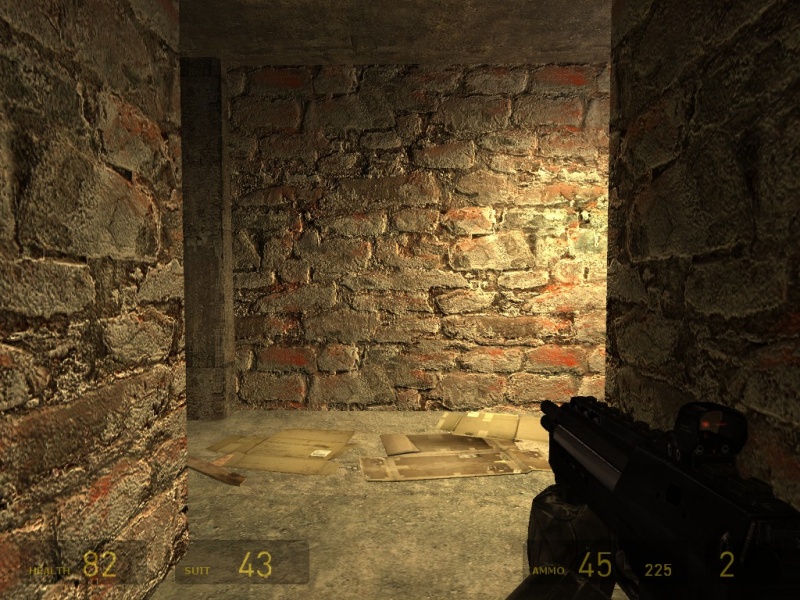I am trying to create a texture( the texture is shitty, but that isn't important, it's for testing) that has bump mapping(normal mapping) and can reflect env_maps.
This is the texture:This is the normal texture:And this is not what I am expecting!This is the VMT:
[quote]LightmappedGeneric
{
$basetexture test_textures\ground_test_texture
$surfaceprop gravel
$bumpmap test_textures\ground_test_texture_normal
$ssbump
$envmap env_cubemap[/quote]
So, what am I doing wrong?












